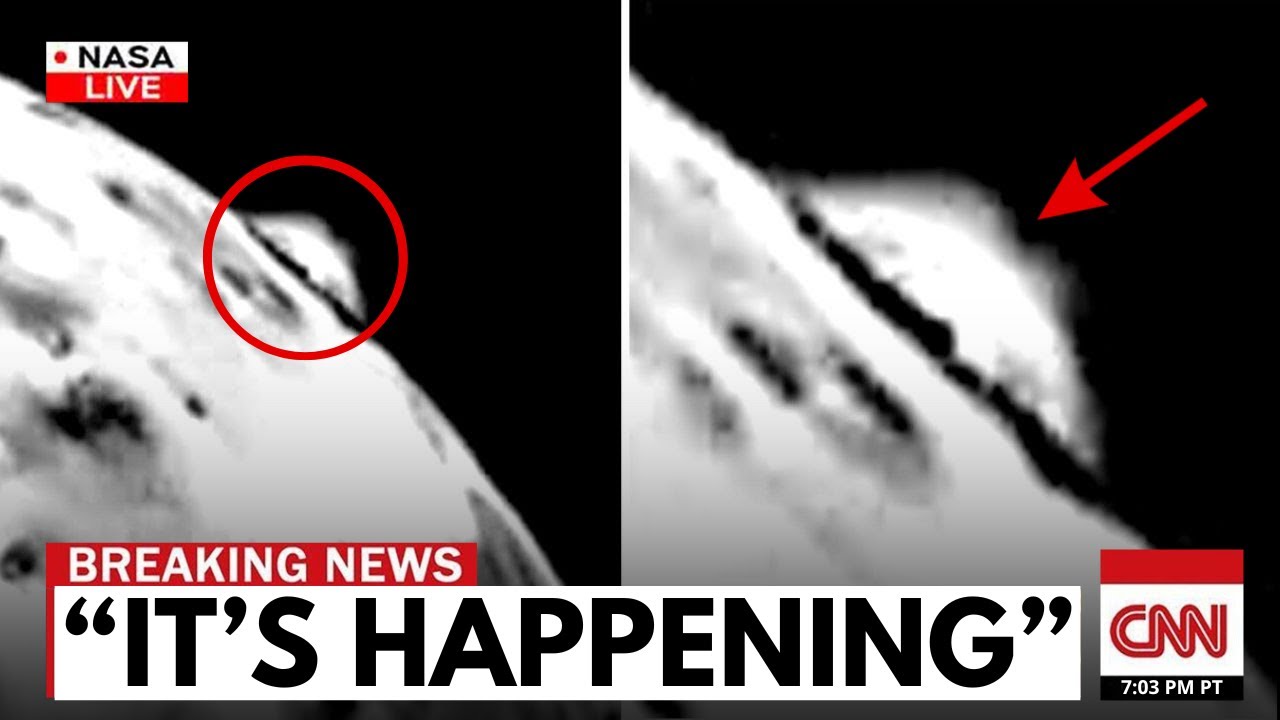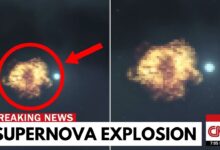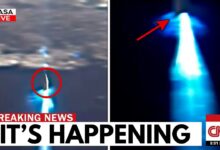Parker Solar Probe’s Hidden Images CONFIRMS what WE ALL FEARED

For decades, we were told we understood the sun—that we had charted its storms, modeled its cycles, and captured its fury through telescopes from a safe distance. But what if all that knowledge only scratched the surface of a far stranger truth? A truth now revealed in the final images from a spacecraft that dared the unimaginable: touching the sun itself.
This is not just another space mission. It’s humanity sending a messenger straight into the heart of fire. And what it saw changes everything.
NASA’s Parker Solar Probe has confirmed astonishing discoveries, and the images it returned may rewrite everything we thought we knew about our star. If you think the sun is merely a massive ball of burning gas, prepare to be shocked.
The Parker Solar Probe was never supposed to exist—not with today’s technology, not given human limitations. But inspired by a question physicist Eugene Parker posed in the 1950s—could the sun be flinging invisible particles across the solar system?—the mission became reality. Launched to fly closer to the sun than any human-made object before, the probe entered zones thought impossible to survive. At its nearest approach, it came within just five solar diameters of the sun, accelerating to 430,000 mph—fast enough to cross the United States in 20 seconds.
Velocity was not the goal; discovery was. Each millisecond spent in the sun’s corona—the outer atmosphere only visible during a total solar eclipse—produced data that not only confirmed Parker’s solar wind theory but revealed something far stranger hidden within the sun’s chaotic layers.
We were taught the sun is a predictable fusion reactor, that its surface is the hottest point, and that its behavior is mathematically traceable. The Parker probe proved otherwise. The corona, millions of degrees hotter than the sun’s surface, consists of a thin, ghostlike gas. How could something so tenuous be exponentially hotter than the inferno below? Conventional thermodynamics offers no answer, suggesting some unseen mechanism injects energy into this ghostly layer.
Even more alarming, these heated particles don’t stay near the sun—they escape, traveling vast distances, colliding with Earth, and revealing that the solar wind is far more violent and erratic than imagined. With each solar cycle, these unpredictable winds threaten satellites, power grids, and even national security.
How do you send a spacecraft into an environment that could melt steel instantly without destroying it? Parker engineers answered with a heat shield made of carbon, angled precisely to protect delicate instruments not just from temperature but from lethal radiation capable of obliterating electronics in microseconds. Behind this shield, sensors measured magnetic fields, particle flows, and energy signatures that revealed baffling fluctuations no existing solar model can explain.
The Parker probe’s final close passes sent back images unlike anything NASA anticipated: jagged, eerie structures in the corona, twisting magnetic filaments, unexplained energy bursts, and, most chillingly, patterns in the solar wind as if some unseen intelligence were organizing the chaos.
While NASA has not claimed artificiality, the silence around these findings deepens the mystery. Onboard, a memory card carries not just data but a photograph of Eugene Parker and the names of over a million Earth citizens—symbolic, a message sent into the inferno. And it survived the sun’s radiation. How? Engineers point to materials, but some see a deeper significance. Did we send something more than data? Did we receive something back?
For a brief moment during one close pass, particle streams converged around the probe as if targeted—then returned to normal. NASA calls it an anomaly; Parker team members call it “the eye.” For those seconds, the sun may have been aware of the visitor in its domain.
The Parker Solar Probe didn’t just survive; it transformed our understanding. The sun is not a passive furnace but a dynamic, unpredictable, and possibly conscious system. From the scorching corona to rhythmic particle pulses and coded patterns, the evidence suggests the sun is far stranger than we imagined.
And this journey is just beginning. With each orbit, Parker dives closer, peeling back layers of the universe’s oldest power source. But what happens when it reaches even nearer? When observation becomes interaction? If the sun is not what we believed, what else in the universe might we be misunderstanding?
This is more than science—it’s a reckoning, perhaps a warning. Subscribe for more revelations from the frontiers of space, and ask yourself: is the sun merely a star, or something far more aware than we’ve ever imagined?







